Hunting for a new car? With so many types of cars on the UK market, it can be useful to know which is which as you try to find the right one for you. Some are small and nippy, and perfect for urban commutes. Others are big and spacious, and ideal for transporting large numbers of people or cargo. Your ideal vehicle will depend on your unique set of circumstances.
Here, we offer an explanation of different car categories to help you narrow down your list.
How do I identify different types of cars?
Most cars are categorised based on their appearance. A pickup truck, for example, has a flat bed in the back for transporting goods, while a sports car typically prioritises performance over space, and can be identified by its low suspension.
If you’re interested in the specific make and model of a car, this information can usually be found on the back of the car through badges, emblems and decals. If you have access to the car’s owner’s manual or V5C log book, all of the information will be in there, too.
10 types of cars
Let’s take a look at 10 types of cars. While others do exist, these are some of the most common you’re likely to encounter on UK roads.
1. Convertible
A convertible or cabriolet is synonymous with open-air freedom. It’s a car with a retractable roof, either a soft or hardtop, which can usually be lowered automatically. Older models sometimes have to be lowered by hand. A convertible’s charm lies in the access it provides to the sunshine and to fresh air, making it especially wonderful for long road trips in beautiful spaces. It tends to be a bit of a head-turner!
Best for: Drivers who enjoy open-air driving experiences
Pros: Quite a statement, the ability to connect with nature while driving
Cons: Typically small and impractical, not suitable for harsh weather conditions, often expensive
Examples: Mazda MX-5 Miata, BMW Z4, Porsche 911 Carrera
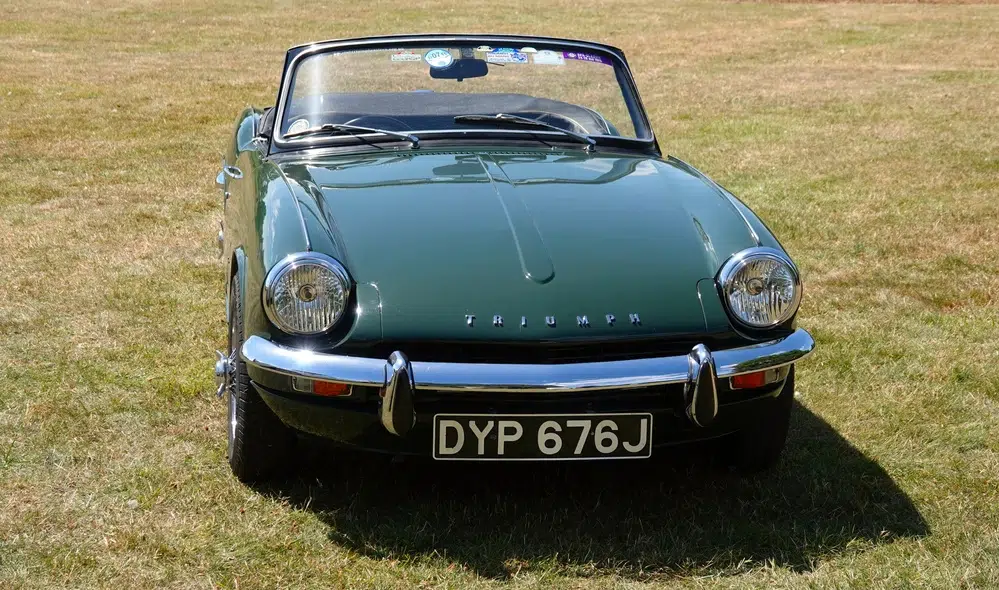
2. Coupe
Sleek and sophisticated, a coupe is a two-door car with a fixed roofline and sporty styling. Coupe drivers tend to love its combination of performance and elegance; it’s famous for offering a refined driving experience with a touch of flair. Recently, the category has evolved to include cars that are “coupe-like”. These cars refer to four-door vehicles, or even crossovers (a lighter form of SUV), that have the coupe’s distinctive low, streamlined roof.
Best for: Drivers who love both style and performance
Pros: Stylish, excellent handling performance, serious horsepower
Cons: Limited passenger and cargo capacity
Examples: Ford Mustang, Audi A5, Mercedes-Benz C-Class Coupe

3. Estate
An estate is a practical and spacious car known for its generous cargo capacity and family-friendly design. Its elongated body style combines the functionality of a saloon with the added convenience of a larger cargo area. It has ample interior space that gives you plenty of room for both passengers and luggage on long journeys or daily commutes. Estate cars often feature foldable rear seats, which makes them easy to configure.
Best for: Drivers looking for a spacious, family-friendly vehicle
Pros: Lots of interior space, foldable seats
Cons: Length makes them difficult to fit into type spaces, design might be a little outdated
Examples: Subaru Outback, Volvo V60, Volkswagen Golf Variant
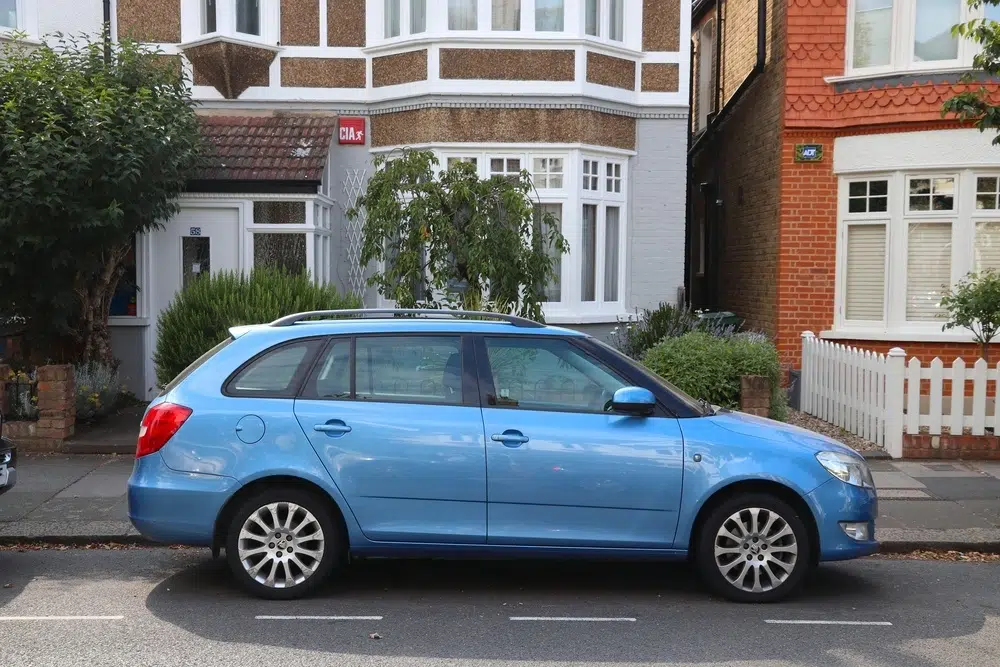
4. Hatchback
One of the most popular cars on the market, a hatchback’s distinctive feature is its rear door that swings upwards to provide access to the boot. The boot tends to have larger capacity than a saloon (though the two are often considered quite similar passenger vehicles), and the back seats often fold down, in many instances flattening completely. A hatchback is practical and spacious, which makes it great for running the kids around town or going on an adventure.
Best for: Drivers who want a balance of practicality and efficiency
Pros: Efficient use of space and fuel
Cons: Sometimes not as aesthetically pleasing as other car categories
Examples: Volkswagen Golf, Honda Civic Hatchback, Ford Focus

5. People carrier
If moving people is your priority, a people carrier — also known as a minivan or a multi-purpose vehicle (MPV) — is probably what you need. The ultimate family-friendly transporter, a people carrier is spacious enough to carry large groups quite comfortably. It has practical, clever seating configurations that can be adjusted to your needs, and plenty of cargo space, which is accessed through a rear hatch. It has sliding doors for easy access and is great for long-distance travel.
Best for: Drivers who have large families or lots of people to transport
Pros: Spacious, versatile, comfortable
Cons: Tends to be bulky and boxy, and therefore less appealing aesthetically
Examples: Toyota Sienna, Honda Odyssey, Chrysler Pacifica
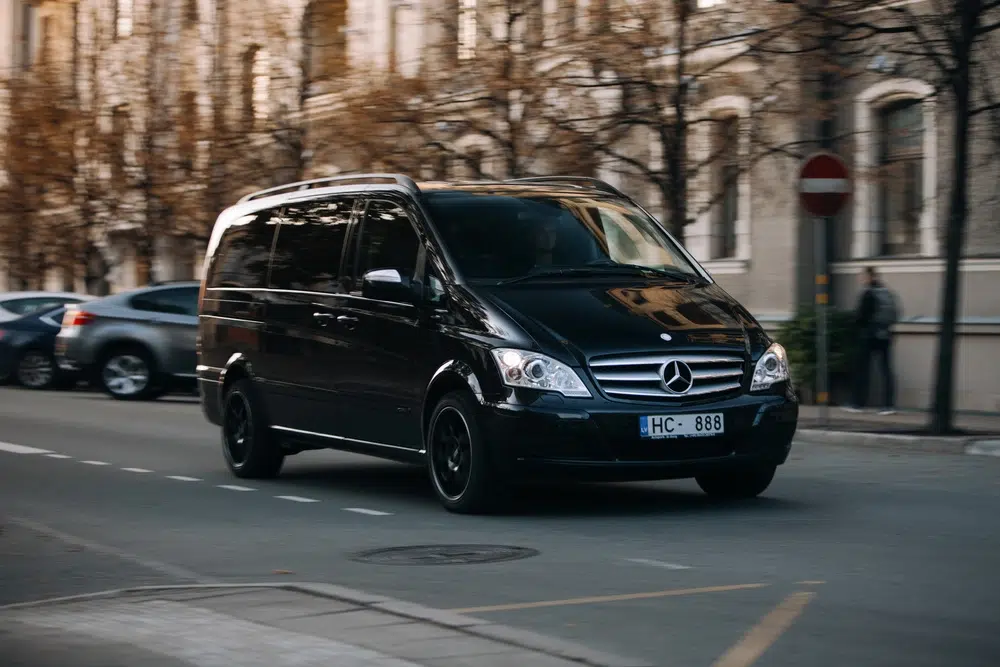
6. Pickup truck
The rugged workhorse of the road, a pickup truck is a versatile vehicle designed for hauling cargo more than people. It has a large, open bed at the back, which is perfect for transporting goods or equipment. To ensure it can carry its heavy loads, pick-up trucks tend to have powerful engines and good towing capabilities. Nearly all pickup trucks come with either all-wheel drive or part-time four-wheel drive, and they typically come in two sizes: mid-size and full size.
Best for: Drivers who need transport heavy loads
Pros: Durable and reliable
Cons: Large and bulky, heavy on fuel
Examples: Ford F-150, Chevrolet Silverado, Toyota Tacoma
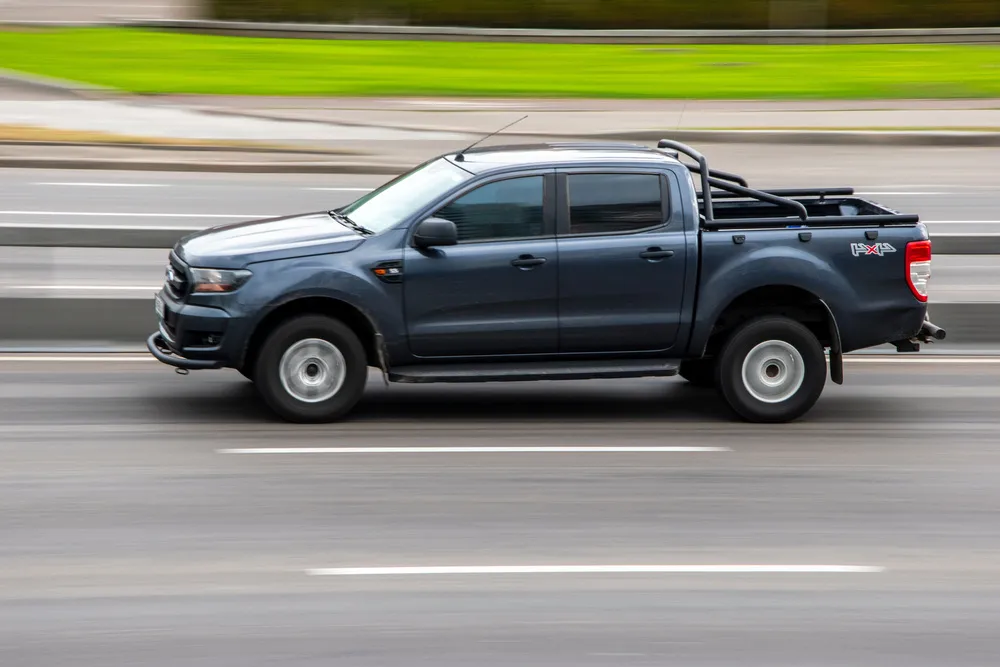
7. Saloon
Once you know what a saloon is, you’ll see them everywhere. This classic four-door car has separate areas for the engine, passenger cabin, and boot. This allows for excellent weight distribution and makes them stable to drive. Saloons come in a variety of sizes, from small to compact, mid-size and full size. Saloons often have spacious interiors with ample legroom, and can be comfortable to drive for long distances.
Best for: Drivers who want a combination of comfort and practicality
Pros: Smooth handling, good fuel efficiency
Cons: Tend to be fairly safe and unadventurous in terms of their design
Examples: Toyota Camry, BMW 3 Series, Honda Accord

8. Supermini
A supermini is a compact, nimble runaround that navigates urban environments with ease. It’s a breeze to navigate congested traffic and to park in tight spaces. And it’s surprisingly spacious inside, with a design that maximises interior comfort. The boot can be a little small, however, and if you regularly travel with lots of cargo, you might find it frustrating. Superminis tend to be very fuel efficient.
Best for: Urban drivers who want nimble manoeuvrability
Pros: Compact, practical, fuel efficiency
Cons: Spacing restrictions might be too small for some
Examples: Audi A1, Suzuki Swift, Ford Fiesta
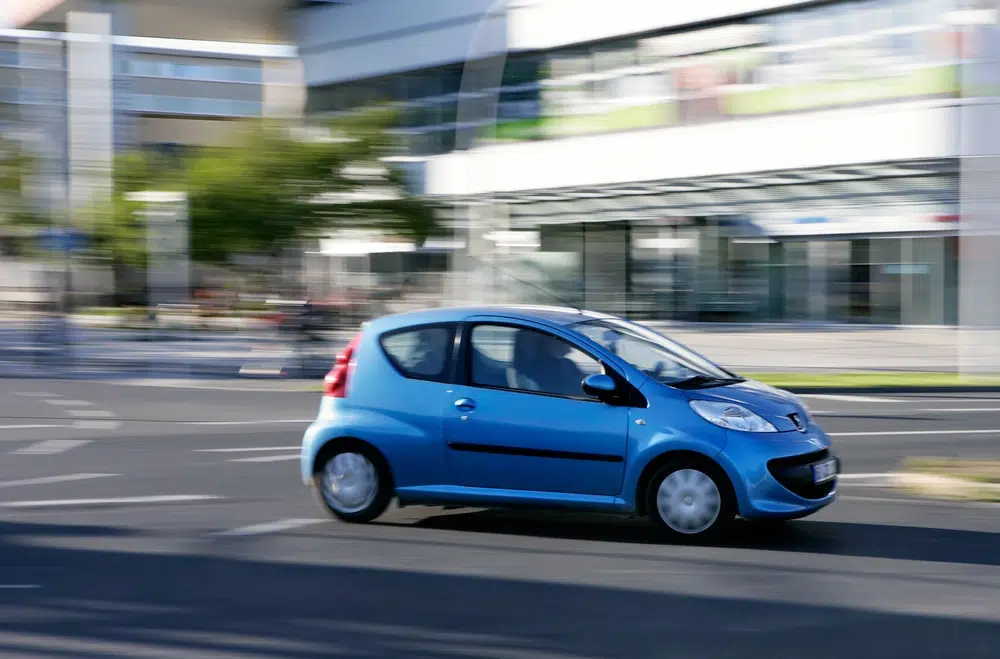
9. Sports car
The category that takes coupes and convertibles to the extreme, sports cars are the hottest cars on the road. These sleek, aerodynamic vehicles tend to be small on space (most are two seaters, with some having small rear seats), but big on performance. They have remarkably powerful engines and super responsive handling, providing an exhilarating driving experience whether you’re on long winding roads or a racetrack.
Best for: Drivers who prioritise performance
Pros: A dream to drive for speed and precision
Cons: Low ground clearance, stiff suspension, heavy price tag
Examples: Aston Martin Vantage, Ferrari 488 GTB,
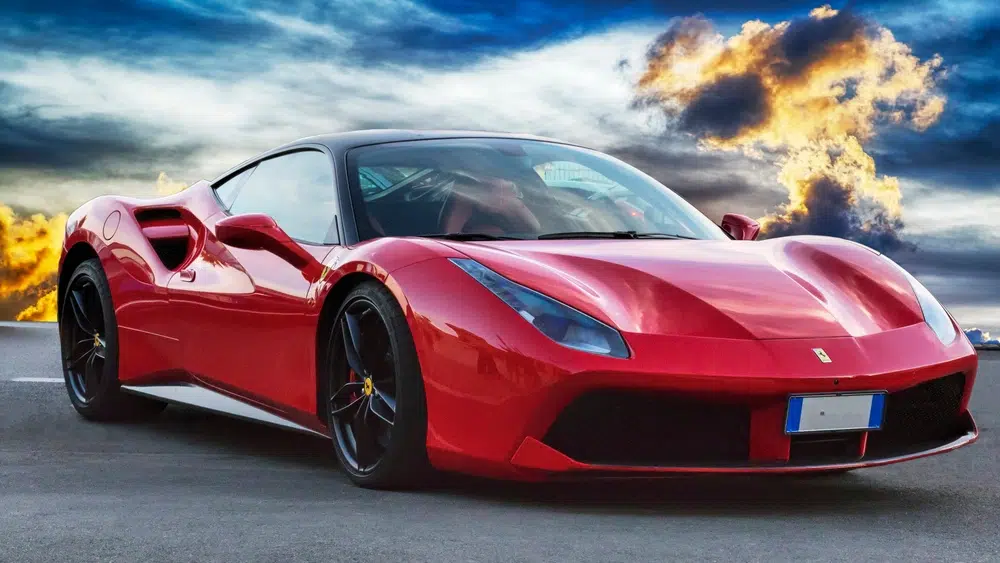
10. Sport-utility vehicle (SUV)
It’s likely you know this one by its abbreviation — SUV. The versatile adventurer, an SUV is a tough and spacious vehicle that begs to be taken off-road. It doesn’t compromise on space and comfort, though, offering lush interiors for passengers and heaps of space for cargo. Its commanding presence on the road makes it a popular choice for families and outdoor enthusiasts alike. It typically has all-wheel drive as well as good towing capabilities.
Best for: Drivers who have versatile needs and off-road capabilities
Pros: Elevated ground clearance, excellent both on and off-road
Cons: Maybe difficult to manoeuvre in tight spaces compared to smaller vehicles
Examples: Toyota RAV4, Honda CR-V, Jeep Grand Cherokee

How do I know the body type of my car?
Wondering what kind of car you have? Sometimes, just knowing which defining characteristics to look out for can help. If the boot swings upwards from the roof of the car, for example, you have a hatchback. If it’s separate from the passenger cabin, it’s likely a saloon. A convertible has a retractable roof and a coupe usually has two doors and a very sleek design.
The only way to be absolutely certain, however, is to look at your vehicle identification number (VIN). Your car’s VIN number is a 17-digit code used by the global auto industry to identify individual vehicles. This number is totally unique, and reveals important information about your car:
- The first 3 digits are the world manufacturer identifier. The first character tells you where the manufacturer is located, while the second and third characters are assigned to different companies. All UK VIN numbers start with “S”.
- Digits 4 to 9 are the vehicle descriptor section. These numbers tell you more about the type of vehicle, body style, and engine size and type. It’s this series that you would like to decode if you want to know what type of car you have.
- Finally, digits 10 to 17 are the vehicle identifier section. The first two digits highlight the car’s model year and which plant manufactured the vehicle. The last six characters make up a serial number to identify your specific vehicle.
Quickfire summary
There are many different types of cars on the market. They include:
- Convertibles
- Coupes
- Estates
- Hatchbacks
- People carriers
- Pickup trucks
- Saloons
- Superminis
- Sports cars
- Sport-utility vehicles
Each car has its pros and cons, and it will depend on your specific needs and circumstances which one is right for you.
Remember, that your new wheels need to be insured before you put the key in the ignition. Speak to the team at Howden to make sure that you’re properly protected straight away.
Also read:
- Are there car modifications that don’t affect insurance?
- Your guide to car insurance for women
- Car insurance for new drivers: all you need to know
- What mileage is good for a used car?
- What factors affect performance car insurance?
- Free MOT status checker – Check a vehicle’s MOT history
- Car Insurance Groups [A Complete Guide]
- Car Insurance Group Checker
- UK car tax changes 2025: what you need to know
- Try our free-to-use Car Tax Checker

